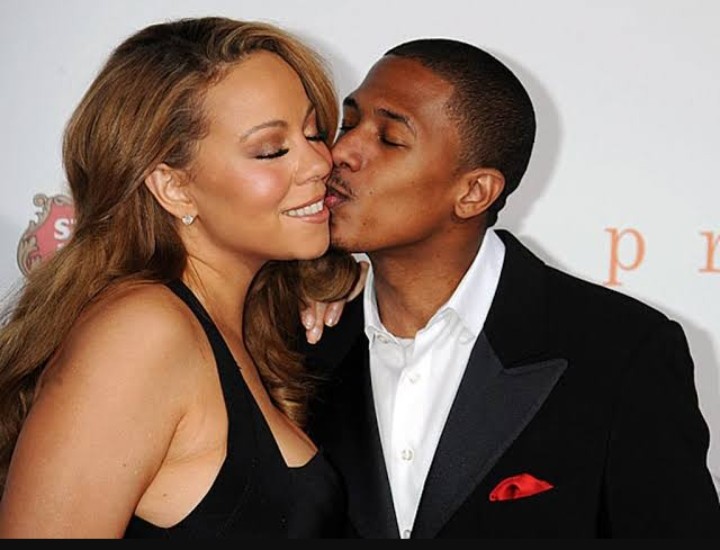How to Leave a Toxic Relationship in 6 Steps, According to Experts

No one enters a relationship expecting it to turn toxic, but sometimes what starts as a loving connection can evolve into something harmful. Being in a toxic relationship can drain your mental and emotional well-being, making it difficult to see a way out. While realizing that your relationship has become unhealthy is the first step, the process of leaving can feel overwhelming and even frightening.
Experts in interpersonal relationships, including psychologists Kelly Campbell and Nicholas “Nic” Hardy, offer important advice for recognizing the signs of a toxic partnership and the best steps for moving on. Below are six key steps to help you safely and confidently exit a toxic relationship and start the path to healing.
1. Consult with a Therapist or Counselor
The decision to leave a toxic relationship is a huge one, and seeking the guidance of a therapist can help you process your emotions and clarify your plan. According to Nic Hardy, licensed clinical social worker, “A therapist can provide support, resources, and safety planning if the relationship involves control or abuse.”
Therapy not only helps you navigate the emotional challenges of leaving but also offers a space to unpack any psychological damage that has been caused. A professional can help you regain your sense of self and develop the confidence you’ll need for the next chapter of your life.
2. Reach Out to Trusted Friends and Family
Telling people close to you about your situation is a crucial step in getting the support you need. Kelly Campbell, an expert in relationship dynamics, advises confiding in trusted friends and family members who can offer practical help and emotional backing. “You may need somewhere to stay or a person you can count on during this difficult time,” she explains.
Having a support system in place not only strengthens your resolve but also provides comfort when things get tough. Whether it’s a place to crash or just a listening ear, your loved ones can play a vital role in helping you move forward.
3. Focus on Rebuilding Your Self-Worth
One of the most damaging effects of a toxic relationship is its impact on your self-esteem. Toxic partners often erode your confidence over time, making it harder to believe in your own abilities or worth. Hardy notes, “When you’ve been in a toxic relationship, your self-view can become distorted, and rebuilding that confidence is essential to leaving.”
Working on self-affirmation and recognizing your value can empower you to make the tough decision to walk away. Therapy, self-reflection, and even engaging in activities that make you feel accomplished can help you begin to repair your self-worth.






4. Prepare Financially and Plan Ahead
If you’re financially dependent on your toxic partner, it’s important to plan ahead. Start saving money, if possible, to ensure that you have the financial means to leave when the time comes. “Putting away even a small amount of money each week can make a big difference in creating financial independence,” Campbell advises.
Additionally, if there has been any form of abuse, keep a detailed record of incidents. In cases where safety is a concern, Campbell suggests considering a restraining order to legally protect yourself. This may also help in separating finances and assets when you decide to leave.
5. Cut Off All Communication After Leaving
After you’ve left the relationship, it’s important to minimize or completely cut off communication with your ex. “Staying in contact can prolong the healing process and make it harder to move on,” Campbell says. Toxic partners may try to pull you back into the relationship by manipulating your emotions, so it’s best to establish firm boundaries.
If you have children together or other reasons that make complete separation difficult, limit conversations to essential matters only. Keep the communication brief, direct, and focused solely on logistical topics. This prevents you from getting drawn back into the toxic dynamic.
6. Reflect on the Lessons and Break Patterns
Breaking free from a toxic relationship also involves understanding how you ended up in it in the first place. Reflecting on the relationship, with the help of a therapist if necessary, allows you to identify patterns and behaviors that may have contributed to staying in an unhealthy situation. Hardy emphasizes that this step is crucial to avoiding similar relationships in the future.
“Learning from the experience can help you recognize red flags earlier in future relationships and prevent you from repeating harmful patterns,” he says. This step ensures that, moving forward, you make healthier choices in both personal and romantic relationships.
How to Heal After Leaving a Toxic Relationship
Once you’ve left the relationship, it’s important to focus on your healing and personal growth. Campbell recommends reinforcing your boundaries and focusing on activities that bring you joy and fulfillment. Here are three ways to begin your healing journey:
- Take Time to Recover Emotionally: Healing doesn’t happen overnight. Spend time with supportive people who bring positivity into your life. Campbell also suggests spending time with animals, as they offer unconditional love and can help ease loneliness during the recovery period.
- Explore New Hobbies or Rediscover Old Interests: Engaging in activities that bring you pleasure not only boosts your mood but also helps you reconnect with your sense of self. Trying new hobbies can also introduce you to new, healthier social circles when you’re ready.
- Work on Yourself Before Entering a New Relationship: Toxic relationships often leave you feeling disconnected from yourself. Take the time to heal emotionally and mentally before jumping into a new relationship. This will help you rediscover who you are and rebuild a strong, independent foundation for future relationships.
Final Thoughts
Leaving a toxic relationship is never easy, but it’s a vital step toward reclaiming your life and well-being. By taking these six steps and seeking the right support, you can move forward and begin healing. Remember, leaving a toxic relationship is not just about escaping—it’s about rediscovering your worth and building a future where you can thrive.




